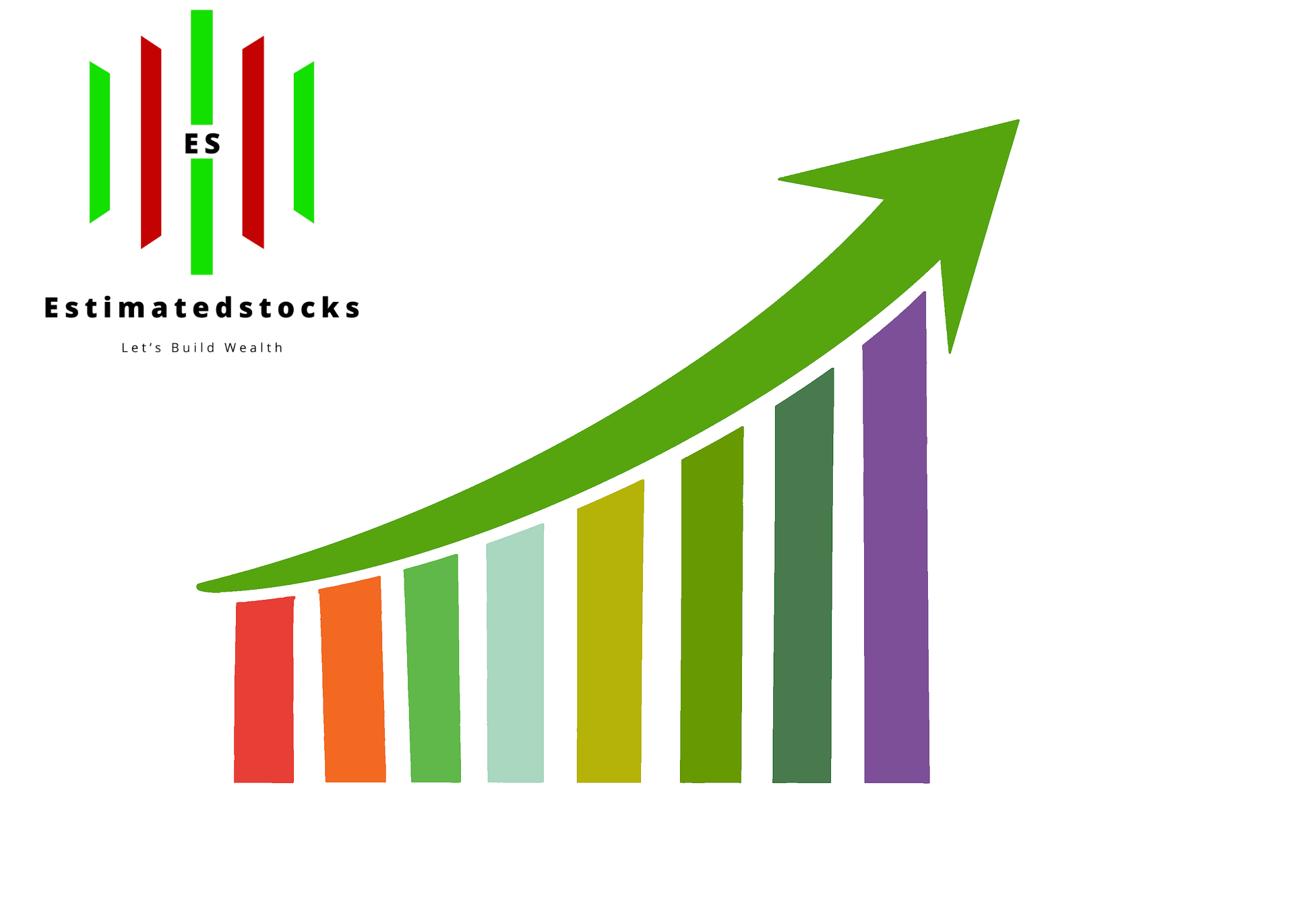Despite optimism for a soft landing, rising unemployment and market volatility raise concerns about the U.S. economy's stability. Analysts warn of potential risks and heightened uncertainty ahead.
Investors are increasingly optimistic that the U.S. economy is on track for a "soft landing," a scenario in which elevated interest rates effectively reduce inflation without triggering a significant economic downturn.
Several key indicators appear to support this positive outlook. Inflation has eased, the economy continues to grow, and consumer confidence is improving. Retail sales remain robust, corporate earnings are strong, and major stock indices are hovering near record highs. Many market participants are also looking ahead to the potential for the Federal Reserve to reduce interest rates at its next meeting on September 18.
Despite these encouraging signs, potential risks loom beneath the surface. Recent analyses suggest that the economy may be more fragile than it seems. While outward indicators appear stable, underlying factors, such as a rising unemployment rate and elevated earnings expectations, could pose significant threats to market stability.
The increase in unemployment, coupled with high expectations for corporate earnings, has contributed to recent market volatility. Notably, market declines in early August and September have led some analysts to warn that the economy may be approaching a turning point. Historically, periods of stability can sometimes precede economic recessions, particularly when market valuations are based on overly optimistic assumptions about future growth.
For example, the S&P 500 recently dropped by 2%, driven primarily by a sell-off in the technology sector following earnings results from Nvidia (NASDAQ: NVDA) that failed to meet heightened investor expectations. This reaction highlights the risks associated with sectors like artificial intelligence, where speculative fervor has pushed stock prices to unsustainable levels.
These recent drawdowns illustrate the dangers of chasing short-term gains in trending sectors. Investor sentiment has become increasingly speculative, with many pushing expectations beyond reasonable limits. When those expectations are not met, the market is vulnerable to more significant pullbacks, particularly if broader economic conditions begin to deteriorate.
Adding to the uncertainty is the labor market, which has shown mixed signals. In July, the unemployment rate unexpectedly rose to 4.3%, its highest level in nearly three years. This spike has raised concerns about a possible recession, especially given the reliability of indicators like the Sahm Rule, which has historically predicted economic downturns based on unemployment trends.
While some analysts attribute the rise in unemployment to increased labor force participation due to immigration, others remain cautious. Although a 4.3% unemployment rate is still relatively low by historical standards, the upward trend suggests that the economy may be growing at a pace below its full potential, raising the risk of an economic slowdown.
As the August jobs report approaches, investors are bracing for continued market volatility. Analysts are warning of heightened uncertainty and the possibility of a broader market correction in the near term. Given the current economic climate, market conditions are expected to remain turbulent, with an elevated risk of more pronounced declines as the situation unfolds.
Independent Analysis & No Investment Advice EstimatedStocks AB is an independent financial research platform. This publication is ...
Author
The Editorial Team at estimatedstocks.com is a dedicated group of financial market analysts, researchers, and writers committed to providing accurate, timely, and insightful content for investors and financial enthusiasts. With a deep understanding of global markets, macroeconomic trends, and investment strategies, the team at estimatedstocks.com ensures that readers are well-informed to make smart financial decisions. Our editorial team specializes in analyzing stock performance, market trends, and economic indicators, offering expert commentary and in-depth reports on the ever-evolving world of finance. We aim to bridge the gap between complex financial data and practical investment insights, making the markets accessible to everyone—from seasoned investors to those just starting their financial journey. At estimatedstocks.com, our content is driven by thorough research, critical analysis, and a commitment to delivering objective, fact-based reports. Whether it’s stock market forecasts, company earnings reviews, or sector-specific deep dives, the Editorial Team is focused on helping our audience navigate the financial landscape with confidence. Our mission is to empower investors by providing them with the tools and knowledge to make informed decisions in an unpredictable market.


